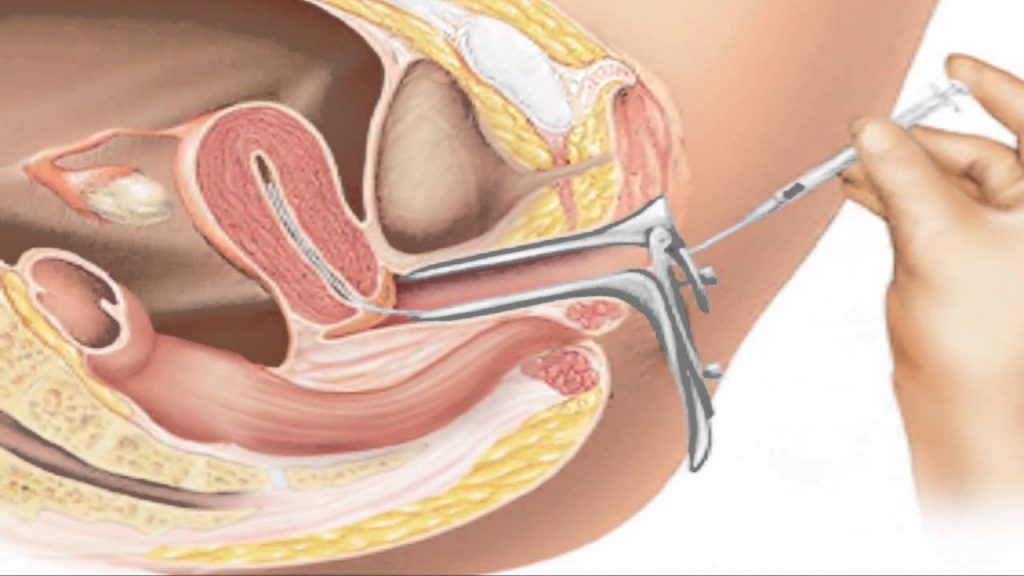AHA News: Gender Gap in Some Heart Risk Factors Widens Among Young Adults | Health
[ad_1]
THURSDAY, June 2, 2022 (American Heart Association News) — Gender gaps in blood pressure, bodily activity and using tobacco have widened among youthful grown ups in the United States, new analysis finds, suggesting that avoidance ways need to be meticulously tailored to assistance persons reach excellent lifelong cardiovascular overall health.
All round heart wellness stayed about the similar amid extra than 10,000 men and women ages 20 to 39 from 2007 to 2018, and women had much better in general scores than men, according to the analyze, revealed Thursday in the Journal of the American Coronary heart Affiliation. But when scientists seemed at particular person possibility elements, noteworthy trends emerged.
The proportion of young adult males with ordinary blood tension declined, from 54% in 2007 to 47% in 2018, but remained constant at about 80% among youthful women. Best physical activity – at least three times a week with reasonable to vigorous exercise – declined amid the women of all ages, from 57% to 49%. But it stayed the same among the gentlemen, with about 50 percent acquiring sufficient training. Not using tobacco grew to become far more popular among the young gals, increasing from 64% to 71%, but stayed the exact in the adult men, at about fifty percent.
But for both the gentlemen and gals, chance elements were being persistently suboptimal, the scientists mentioned. For example, only about a third described having a healthier overall body mass index and eating a wholesome eating plan as of 2018.
“Cardiovascular illness retains the doubtful difference of being the leading killer in the U.S., and about the very last two decades, in the planet,” reported the study’s senior creator, Dr. Pradeep Natarajan, director of preventive cardiology at Massachusetts Normal Hospital in Boston. “(Possibility) factors earlier in daily life magnify foreseeable future possibility for cardiovascular condition.”
The scientists identified even wider gaps for some danger components amid the youthful adults when they pooled the decade’s worthy of of details based on race. For instance, 84% of Hispanic girls but only 53% of Hispanic gentlemen in the analyze experienced normal blood pressure. For physical activity, 65% of Black women experienced attained ideal degrees in comparison to 50% of Black guys. But between white folks, best physical action was a little bit a lot more common in males.
“Figuring out these difficulties earlier in lifetime and then addressing them before in life will have significant gains later on on,” Natarajan explained. “But threat identification before in lifetime is really not at the forefront of scientific drugs.” Present styles to forecast cardiac possibility have a tendency to do the job best for persons ages 40 by way of 70, he included, and investigate is lacking amongst older people underneath 40.
Dr. Carissa Baker-Smith, director of pediatric preventive cardiology at Nemours Children’s Health and fitness in Wilmington, Delaware, stated suggestions for checking cardiac hazard factors in little ones and youthful adults are not effectively adopted in medical follow.
“Present-day guidelines advocate that cholesterol concentrations be checked amongst ages 9 and 11, and again amongst ages 17 to 21,” if the boy or girl has no recognized spouse and children heritage of higher cholesterol and early coronary heart disorder, and earlier if there is a recognized loved ones heritage, mentioned Baker-Smith, who was not concerned in the examine. “Screening for (cardiovascular sickness) danger variables is not a thing that is universally carried out in younger older people and adolescents. I imagine that one obstacle is normal providers may well not absolutely realize how to interpret or manage the effects.”
Gurus say far more analysis is desired to much better fully grasp what results in variances in cardiac possibility aspects – for instance, no matter whether folks have most important care doctors and how generally they see them, as very well as the effect of good quality of treatment, socioeconomic status, and other social determinants of well being.
“I believe knowing what the motorists have been guiding individuals variances would direct to improved intervention tactics,” Baker-Smith explained, introducing that it would also be valuable for a analyze to track people today over time to superior comprehend how risk variables earlier in lifestyle affect coronary heart health later.
That was a limitation of the current study, which appeared again at present nationwide study knowledge. A further limitation famous by the researchers is that the gender and race classifications did not consist of non-binary genders or aspects on race and ethnicity.
The study’s guide creator, Dr. So Mi Cho, hopes the conclusions increase consciousness among the clinicians and the public about the worth of “primordial” avoidance – that is, stopping the development of risk aspects relatively than addressing them when they are detected.
“The determination at the rear of this review was to emphasize the before on the much better,” reported Cho, a postdoctoral fellow at the Wide Institute of MIT and Harvard in Cambridge, Massachusetts. “When you can know it earlier on, the a lot more effective and efficient avoidance methods would be, fairly than permitting it deteriorate for a lengthy time and getting it out a lot later in everyday living.”
American Heart Affiliation News handles heart and brain health and fitness. Not all views expressed in this tale replicate the official place of the American Heart Association. Copyright is owned or held by the American Heart Association, Inc., and all legal rights are reserved. If you have inquiries or responses about this tale, remember to email editor@coronary heart.org.
By Karen Schmidt, American Coronary heart Association Information
[ad_2]
Supply connection








